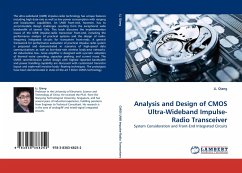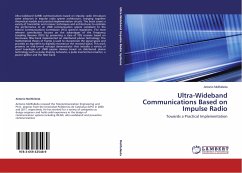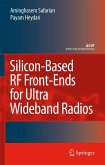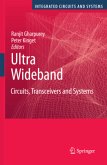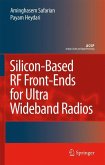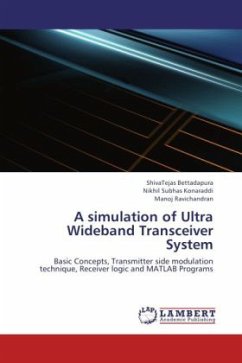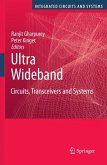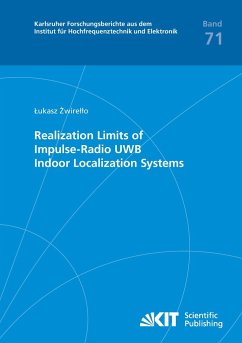The ultra-wideband (UWB) impulse-radio technology has unique features including high data-rate as well as low power consumption with ranging and localization capabilities. An UWB front-end, however, has to accommodate design challenges resulting from the exceptional wide bandwidth of several GHz. This book discusses the implementation issues of the UWB impulse-radio transceiver front-end, including the performance analysis of practical systems and the design of radio-frequency integrated circuits for transceiver front-ends. A general framework for performance evaluation of practical impulse radio system is proposed and demonstrated in scenarios of high-speed data communications as well as low-data-rate wireless body-area networks. An inductorless low- noise amplifier is designed with syncretic adoption of thermal noise canceling, capacitor peaking, and current reuse. The CMOS ransmit/receive switch design with highest reported bandwidth and power handling capability are discussedwith customized transistor layout and triple-well resistive body- floating techniques. The prototypes have been demonstrated in state-of-the-art 130nm CMOS technology.
Bitte wählen Sie Ihr Anliegen aus.
Rechnungen
Retourenschein anfordern
Bestellstatus
Storno

